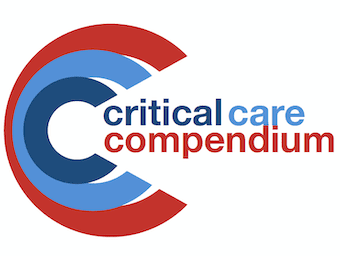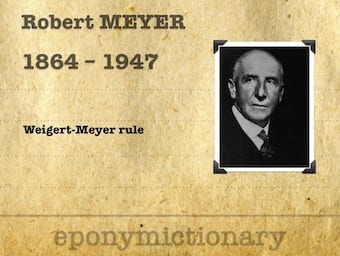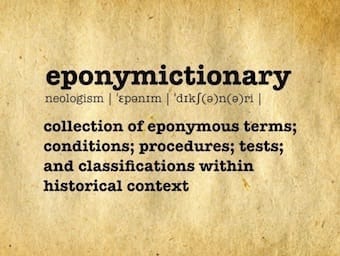
Haematuria in trauma
Haematuria in trauma may be microscopic (with or without symptoms) or macroscopic. In general, the greater the degree of hematuria the greater the risk of significant intra-abdominal injury (including non-urinary tract structures)



